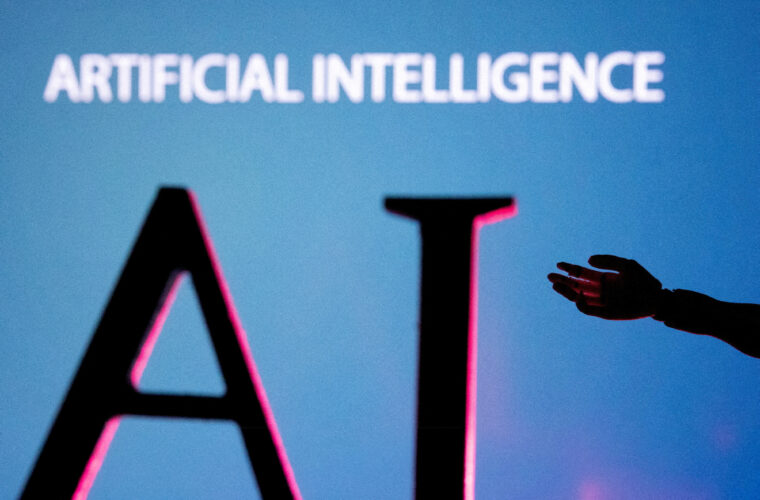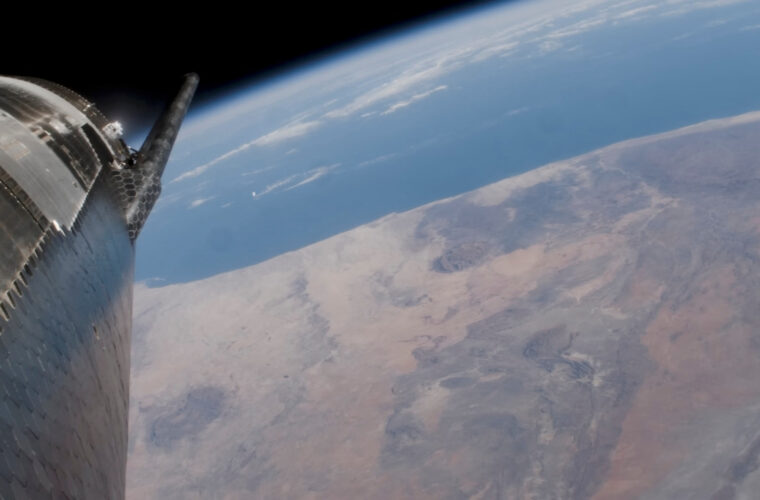Three major retailers in Australia are using facial recognition technology, often without shoppers realizing it
Major Australian retailers Kmart, Bunnings, and The Good Guys use facial recognition technology in stores, raising concerns among privacy experts.
Consumer group CHOICE has complained to the Office of the Australian Information Commissioner (OAIC) , alleging that the use of facial recognition technology was unjustified and breached privacy laws at both JB Hi-Fi’s electronics chain, The Good Guys, as well as the Wesfarmers-owned Bunnings and Kmart chains.
In an in-depth investigation, CHOICE probed 25 leading Australian retailers and analyzed their privacy policies. The organization found Kmart, Bunnings, and The Good Guys were capturing their customers’ biometric data. As part of the investigation, CHOICE staff members also visited some of these stores in person to get a better picture of the use of facial recognition technology.
“Most of these privacy policies you have to search for online, and they’re often not easy to find,” says CHOICE consumer data advocate Kate Bower. “But because we’re talking about in-person retail shops, it’s likely that no one is reading a privacy policy before they go into a store.”
According to Bower, Kmart, and Bunnings, stores had physical signs at the store entrances informing customers about the use of the technology. Still, the signs were small, inconspicuous, and would have been missed by most shoppers.
In a nationally representative survey conducted by CHOICE with the participation of 1000 Australians, more than three in four respondents (76%) said they didn’t know retailers were using facial recognition.
Most survey respondents (83%) say retail stores should be required to inform customers about the use of facial recognition before they enter the store, and 78% expressed concern about the secure storage of faceprint data.

According to CHOICE, some survey respondents describe facial recognition technology as “creepy and invasive.” Others say they consider it “unnecessary and dangerous” and wouldn’t want to enter a store using it.
Facial recognition on the rise
“The first concern is notice and consent, it’s not in highly visible forms of public notification that would invite people to understand what’s taking place,” says Mark Andrejevic, professor of media studies at Monash University and a member of the ARC Centre of Excellence for Automated Decision-Making and Society.
“I think the other set of concerns is we don’t have a clear set of regulations or guidelines on the appropriate use of the technology. That leaves it pretty wide open. Stores may be using it for the purposes of security now, but down the road, they may also include terms of use that would say that they can use it for marketing purposes.”
“Even if that technology was perfectly accurate, and it’s not, but even if it were, it also takes us into the realm of mass surveillance,” says Edward Santow, a University of Technology Sydney professor. The latter focuses on the responsible use of technology. “And I think there will be a great concern in the Australian community about walking down that path.”
OAIC opens investigations into Bunnings and Kmart
Following the CHOICE’s report, the Office of the Australian Information Commissioner (OAIC) has opened investigations into the personal information handling practices of Bunnings Group Limited and Kmart Australia Limited, focusing on the companies’ use of facial recognition technology.
“The OAIC has commenced preliminary inquiries with Good Guys Discount Warehouses (Australia) Pty Ltd following public reports that the company has paused its use of facial recognition technology. In line with the OAIC’s Privacy regulatory action policy, no further comment will be made while the investigations are ongoing,” OAIC noted in a written statement.
Retailers’ responds
Responding to CHOICE’s investigation Simon McDowell, Bunnings’ chief operating officer, pointed out that facial recognition is one of several measures the retailer has in place to prevent theft and anti-social behavior.
“At selected stores, our CCTV systems utilize facial recognition technology, which is used to help identify persons of interest who have previously been involved in incidents of concern in our stores,” he said.
“We let customers know about our use of CCTV and facial recognition technology through signage at our store entrances and in our privacy policy, which is available on our website. It’s really important to us that we do everything we can to discourage poor behavior in our stores, and we believe this technology is an important measure that helps us to maintain a safe and secure environment for our team and customers.”
On the other hand, The Good Guys paused the use of facial recognition technology in its stores right after OAIC announced an in-depth investigation following the complaint made by CHOICE.
“The Good Guys today confirmed it will pause the trial of the upgraded security system with the optional facial recognition technology,” said a spokesperson for the appliance retailer. “The decision was made to pause the trial at this time pending any clarification from the OAIC regarding the use of this technology.”



